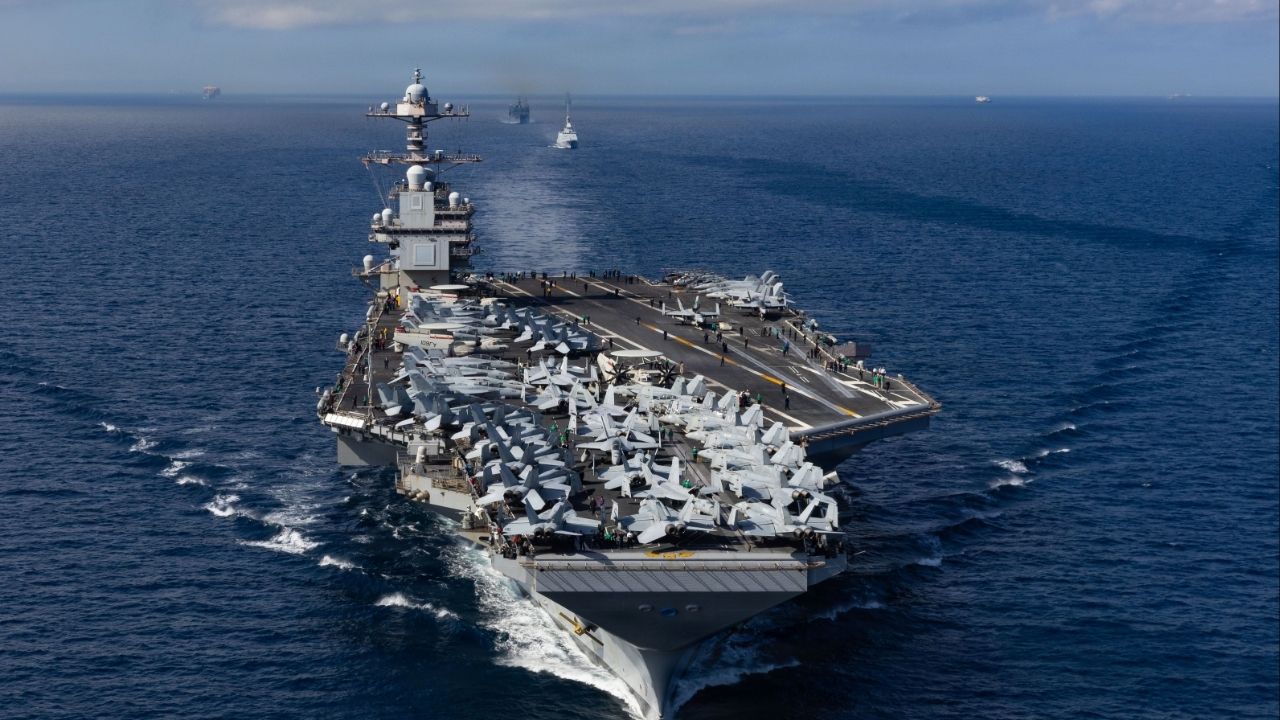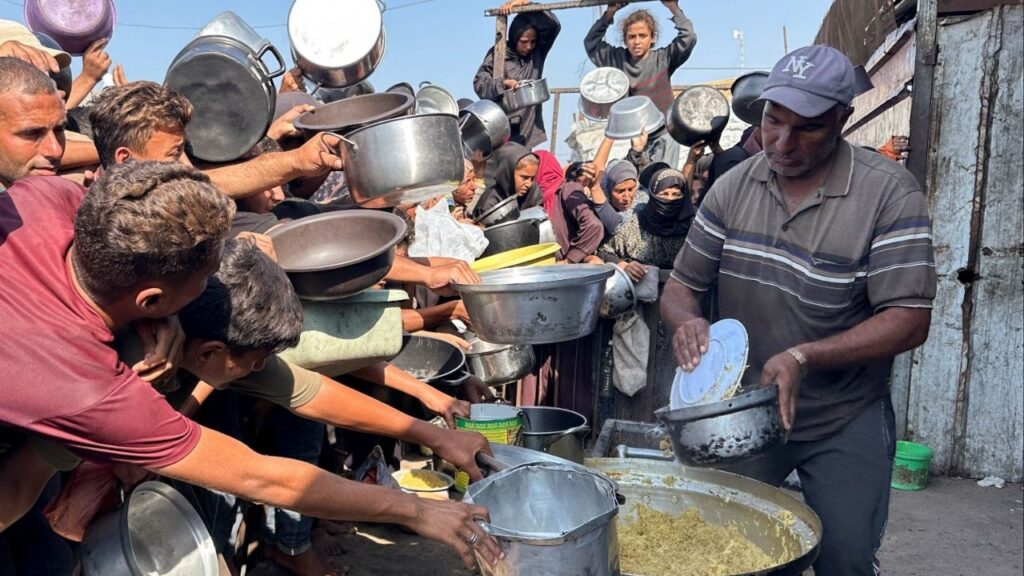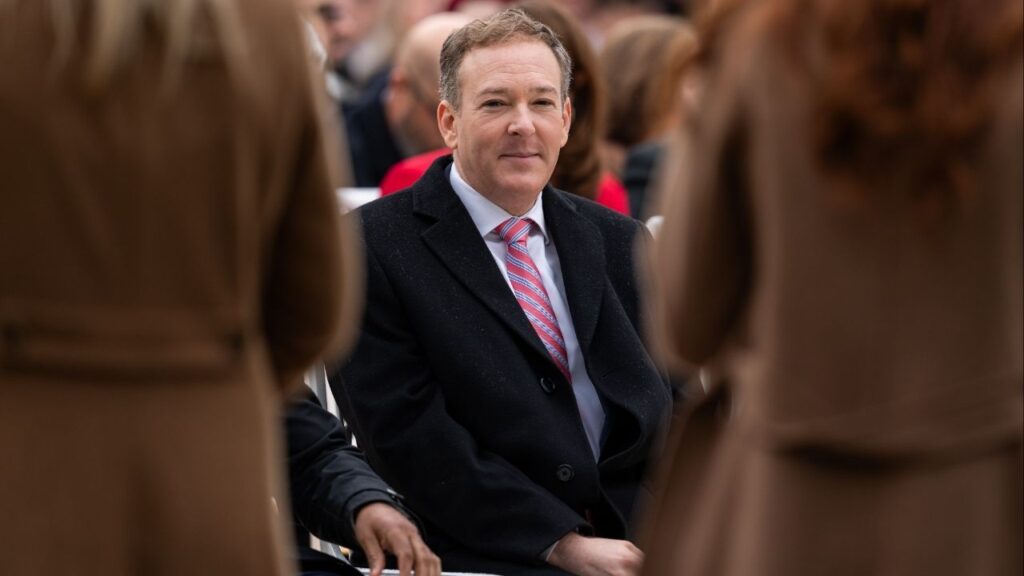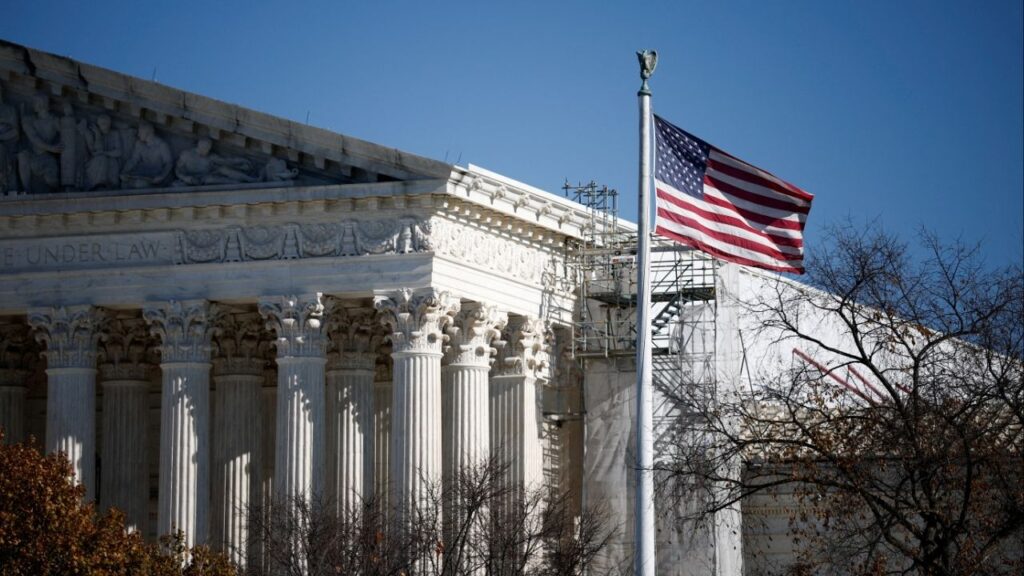WASHINGTON — The U.S. military killed six people Sunday in two more strikes on boats suspected of smuggling drugs in the eastern Pacific Ocean, Defense Secretary Pete Hegseth announced Monday.
The latest strikes raised the death toll in the campaign to 76 people in 19 attacks in the Pacific and the Caribbean Sea since early September.
In a post on social media, Hegseth cited “intelligence” and included two short video clips of the bombings of two separate boats that he said were traveling “along a known narco-trafficking transit route in the Eastern Pacific.”
One of the boats appeared to be at a full stop with two visible passengers and possibly with an outboard motor raised out of the water. The other was moving at high speed. But in neither case did Hegseth provide evidence for his claim that the three men aboard each of the two boats were smuggling narcotics. He said the attacks took place in international waters.
A wide range of specialists in laws governing the use of force have denounced the killings as illegal because the U.S. military is not allowed to intentionally target civilians who pose no threat of imminent violence, even those suspected of being criminals. The Trump administration says the strikes are lawful because President Donald Trump has “determined” that the United States is in a formal armed conflict with drug cartels.
Trump has falsely asserted that each destroyed boat saves 25,000 American lives. In reality, as many as 100,000 Americans die each year from drug overdoses, but most of those deaths are a result of fentanyl, which comes from labs in Mexico. South America produces cocaine.
The strikes Sunday came as the U.S. military buildup in the Caribbean was expected to grow sharply with the arrival as soon as this week of the USS Gerald R. Ford, the United States’ largest and newest aircraft carrier, and three destroyers. The Ford carries about 5,000 sailors and has more than 75 attack, surveillance and support aircraft, including F/A-18 fighters.
The Pentagon currently has about 10,000 U.S. troops divided roughly evenly between eight warships in the region and on bases in Puerto Rico.
—
This article originally appeared in The New York Times.
By Eric Schmitt/U.S. Navy
c. 2025 The New York Times Company



















